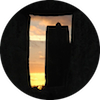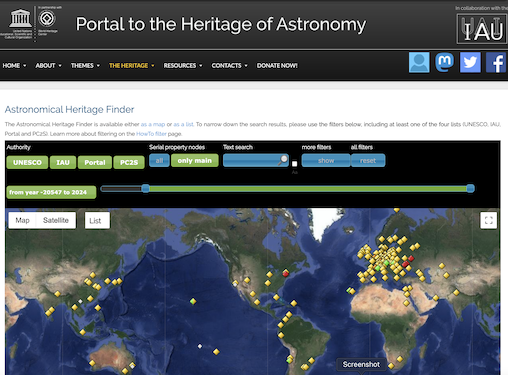Stonehenge is one of the most famous ancient monuments in the world and its solar alignment is one of its most important features. Yet although archaeologists have learned a huge amount about this iconic monument and its development, a sense of mystery continues about its purpose. This helps fuel numerous theories and common misconceptions, particularly concerning its relationship to the sky and the heavenly bodies. A desire to cut through this confusion was the inspiration for this book, and it fills a gaping hole in the existing literature.
Stonehenge: Sighting the Sun provides both an introduction to Stonehenge and its landscape and an introduction to archaeoastronomy – the study of how ancient peoples understood phenomena in the sky, and what role the sky played in their cultures. Archaeoastronomy is a specialism critical to explaining the relationship of Stonehenge and nearby monuments to the heavens, but interpreting archaeoastronomical evidence has often proved highly controversial in the past. Stonehenge: Sighting the Sun explains why. It makes clear which ideas about Stonehenge are generally accepted and which are not, with clear graphics to explain complicated concepts.
Review quotes
“This is a fantastic addition to the literature on Stonehenge. At last we have a book bringing together archaeology and astronomy that is accessible to a general audience but not full of wacky ideas. Whether you are more interested in stones or stars, either way this is a must-read.” Dame Maggie Aderin-Pocock, presenter of TV’s “The Sky at Night” and Chancellor of the University of Leicester
“This is definitely the book I wish I could have read before I began to ask questions related to archaeoastronomy. It will encourage me to take infinitely more interest in the heavenly bodies; to look up more often when as an archaeologist I instinctively look down.” Phil Harding, presenter of TV’s “Time Team”
Pre-ordering
Stonehenge: Sighting the Sun is due for publication in hardback on May 15. Copies may be pre-ordered at £32.00 from the Liverpool University Press website.















 If you are looking for things related to Alice and/or information about stalking, please visit the
If you are looking for things related to Alice and/or information about stalking, please visit the